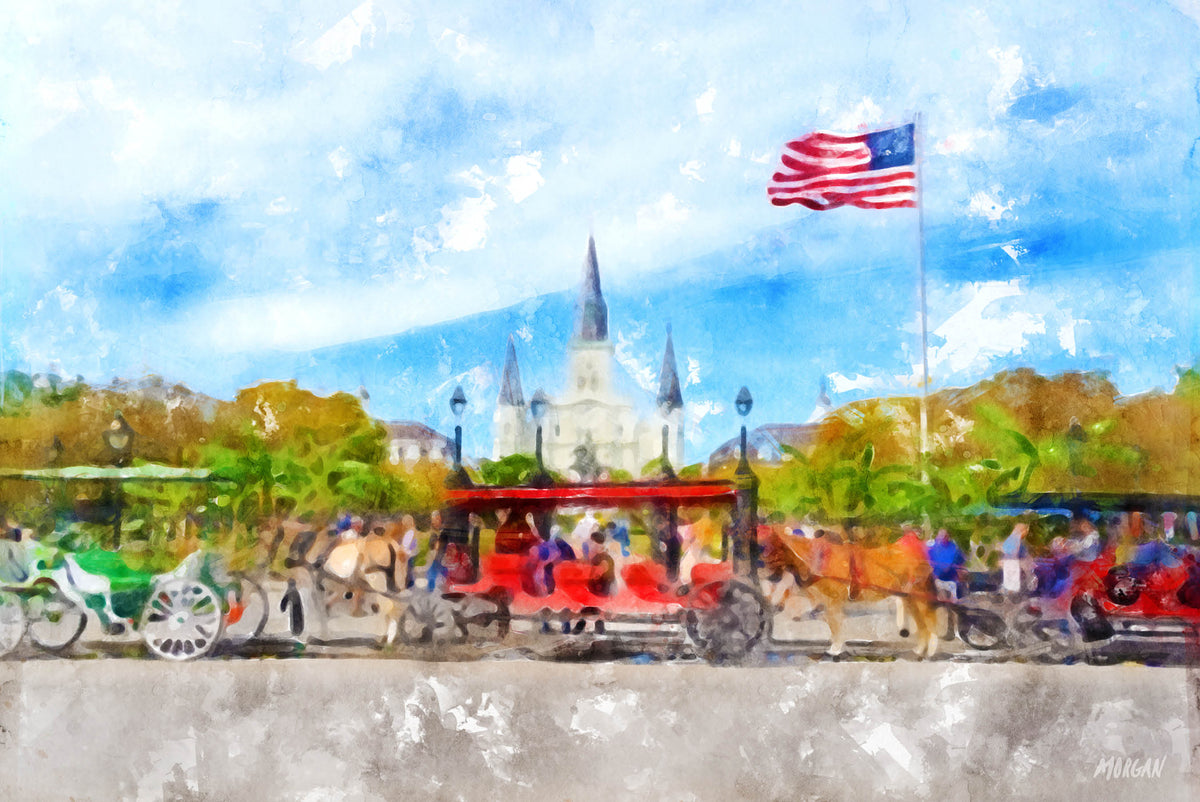
A Supermoon rises slowly above dark hills and late evening traffic.
The words “it must be a full moon,” are oft uttered in response to peculiar nights or strange occurrences. From werewolves to fertility to nights teeming with odd behaviors, full moons are shrouded in mythological folklore that makes many exceptionally conscious to circumstances surrounding the arrival of a full moon. But when a long-awaited supermoon surfaces, the casually-noticed white orb in distant space dilates considerably and makes for a show-stopping appearance, creating a sensory flood of awe and a personal draw that tugs on many an eye to fixate on the radiant ball of light.
So what makes a supermoon?
An orbit around the Earth takes our moon 27 days, tracing an elliptical path opposed to a perfect circle. For a supermoon to occur, there are a few key elements that need to be at play. The moon both needs to be at the closest point – called the perigee (apogee is farthest) - to earth during its 27-day orbit, and this instance also needs to coincide with its full moon phase, where the sun fully illuminates the surface of the moon - which happens every 29.5 days. When these two conditions fully align, the moon can appear up to 30 percent brighter and 14 percent larger to us. To many, these numbers feel like a small representation of the impactful, heart-stopping presence a supermoon has, as well as the resounding effect of all who gaze at the grand-scale moon – it’s almost as if you could reach out and touch it.
Since there are tight constraints for the advent of a supermoon, this breathtaking event happens very infrequently – once or twice a year is a commonplace occurrence. Winter boasts the largest supermoons since, during this season, gravity from the sun lures the moon closer towards our planet, and the full phase of the moon plus the “super” effect causes higher than normal tides. But small planetary effects aren’t all supermoons have to offer. They’re told to be harbingers of interesting human conditions.
As myths and long-told legends tell, supermoons can have a psychological effect on us, ranging from off-color behavior to disrupted sleep patterns. A study from NASA found that on average, people slept 20 minutes less per night during a supermoon than during a regular moon cycle, which may be due to the bright qualities of the supermoon itself, which can induce sleep-deprived agitation. Many studies have shot down behavioral responses to supermoons, but many still claim that supermoons are responsible for their heightened sensitivity, more creativity, or the strange behavior of their animals.
The one thing always true of supermoons is their ability to activate a sense of wonder. The unrivaled sight of these powerful moons stop many in their tracks or cars, and bring them out of night’s shadows. The supermoon encourages fundamental connectivity, and as we look up, we realize that many of us throughout the planet, no matter what country, religion, or race, are staring up in a trance at the same large ball in space.
Want to prepare for upcoming supermoons? Save the date for the next unveiling.
January 21st, 2019
February 19th, 2019
March 9th, 2020
April 8th, 2020
April 27th, 2021
December 4th, 2021




